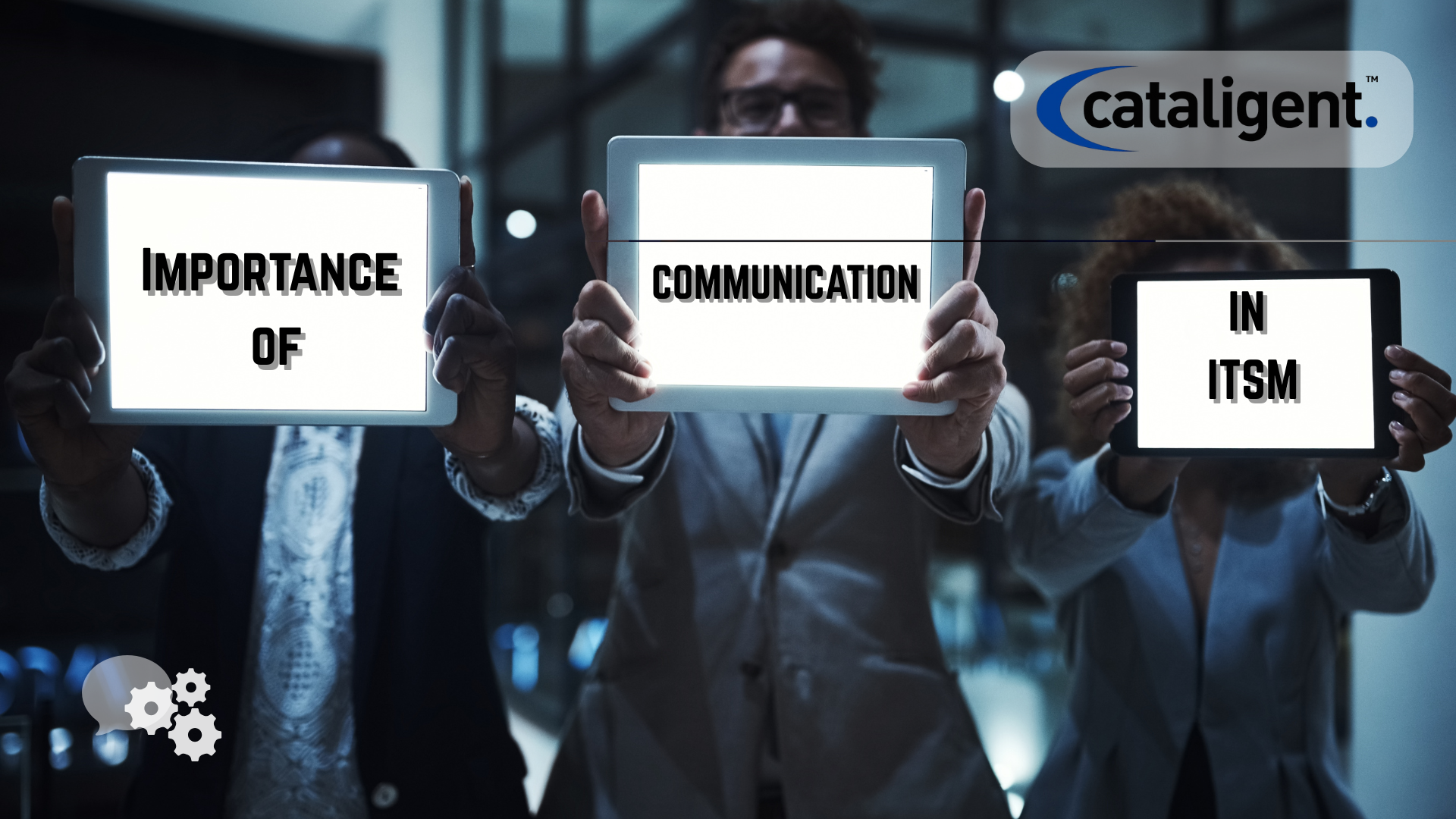In the dynamic world of Information Technology Service Management (ITSM), effective communication is more than just a soft skill—it is a strategic enabler of service excellence. Whether managing incidents, implementing changes, or rolling out new services, seamless communication between stakeholders is critical to achieving desired outcomes. Poor communication can lead to delays, misunderstandings, service disruptions, and a breakdown in trust between IT and business units.
Why Communication Matters in ITSM
Communication in ITSM underpins nearly every process, from service desk operations to strategic planning. Effective communication helps ensure:
- Faster incident resolution through accurate information sharing
- Clear change coordination to minimize disruptions
- Stronger collaboration across departments and roles
- Improved user satisfaction and trust in IT services
- Better alignment between IT and business goals
When communication flows freely, the IT team can be proactive, responsive, and more effective in supporting organizational needs.
Key Areas Where Communication is Crucial
1. Incident Management
Clear communication ensures that incidents are logged with precise details, escalated appropriately, and resolved efficiently. Keeping users informed about progress and expected resolution times also improves user satisfaction.
2. Change Management
Changes involve multiple stakeholders, including business leaders, developers, and service desk agents. A well-communicated change management process ensures that risks are identified, approvals are timely, and implementations are successful.
3. Problem Management
Communication is vital for root cause analysis and sharing knowledge across teams. When problem managers collaborate effectively with other roles, they can prevent recurring issues.
4. Service Requests
Ensuring that service requests are clearly documented, tracked, and fulfilled requires consistent communication between the user and IT support.
5. Major Incident Management
In high-stakes scenarios, real-time communication is essential for coordination, status updates, and impact mitigation. Major incident teams should have predefined communication protocols in place.
6. Service Level Management
IT teams must communicate Service Level Agreements (SLAs) clearly to users and stakeholders. Regular reviews and transparent reporting help maintain accountability.
7. Knowledge Management
Sharing knowledge in a structured and accessible format enhances team efficiency and empowers users. Well-maintained knowledge bases are a communication tool that reduces ticket volumes.
Best Practices for Communication in ITSM
1. Establish Communication Protocols
Define clear guidelines for how, when, and through which channels information should be shared. This includes incident updates, escalation procedures, and change notifications.
2. Use Unified Communication Tools
Leverage ITSM platforms with integrated communication features such as chat, email, notifications, and mobile access. Tools like ServiceNow, Jira Service Management, and Freshservice facilitate better coordination.
3. Encourage Active Listening
Effective communication is a two-way street. IT teams must actively listen to user feedback and internal suggestions to improve services.
4. Foster Cross-Functional Collaboration
Break down silos by encouraging regular interaction between IT, HR, finance, and other departments. Joint planning and review meetings promote shared understanding and unified goals.
5. Provide Training on Communication Skills
Invest in communication and customer service training for IT staff. Strong interpersonal skills complement technical capabilities.
6. Maintain Clear Documentation
Document processes, incidents, changes, and resolutions thoroughly. Accessible documentation ensures transparency and continuity.
7. Promote Transparency
Communicate openly about service disruptions, performance issues, and improvement plans. Transparency builds trust and supports accountability.
Benefits of Strong Communication in ITSM
- Higher customer satisfaction through timely and respectful interactions
- Improved operational efficiency with fewer misunderstandings
- Faster decision-making due to clear information flow
- Enhanced team collaboration and morale
- Reduced errors and rework
Challenges and How to Overcome Them
- Information Overload: Use dashboards and filters to highlight relevant information.
- Siloed Teams: Create cross-functional squads for key processes and initiatives.
- Lack of Soft Skills: Provide coaching and mentorship in communication techniques.
- Resistance to Feedback: Foster a culture of continuous improvement and open dialogue.
Measuring Communication Effectiveness in ITSM
Organizations can assess the effectiveness of their communication strategies by monitoring:
- CSAT and feedback scores
- Resolution times and SLA adherence
- Frequency of escalations and misunderstandings
- Internal surveys on communication clarity
Conclusion
Communication in ITSM is not just about talking or sending emails—it’s about building relationships, aligning goals, and ensuring service success. A strong communication framework empowers IT teams to deliver better service, support business strategies, and continuously improve. Organizations that prioritize and invest in effective communication within their ITSM practices will see gains in performance, trust, and long-term success.
By embedding communication best practices into the very fabric of ITSM, businesses can create a collaborative, transparent, and responsive IT environment that drives value across the enterprise.

